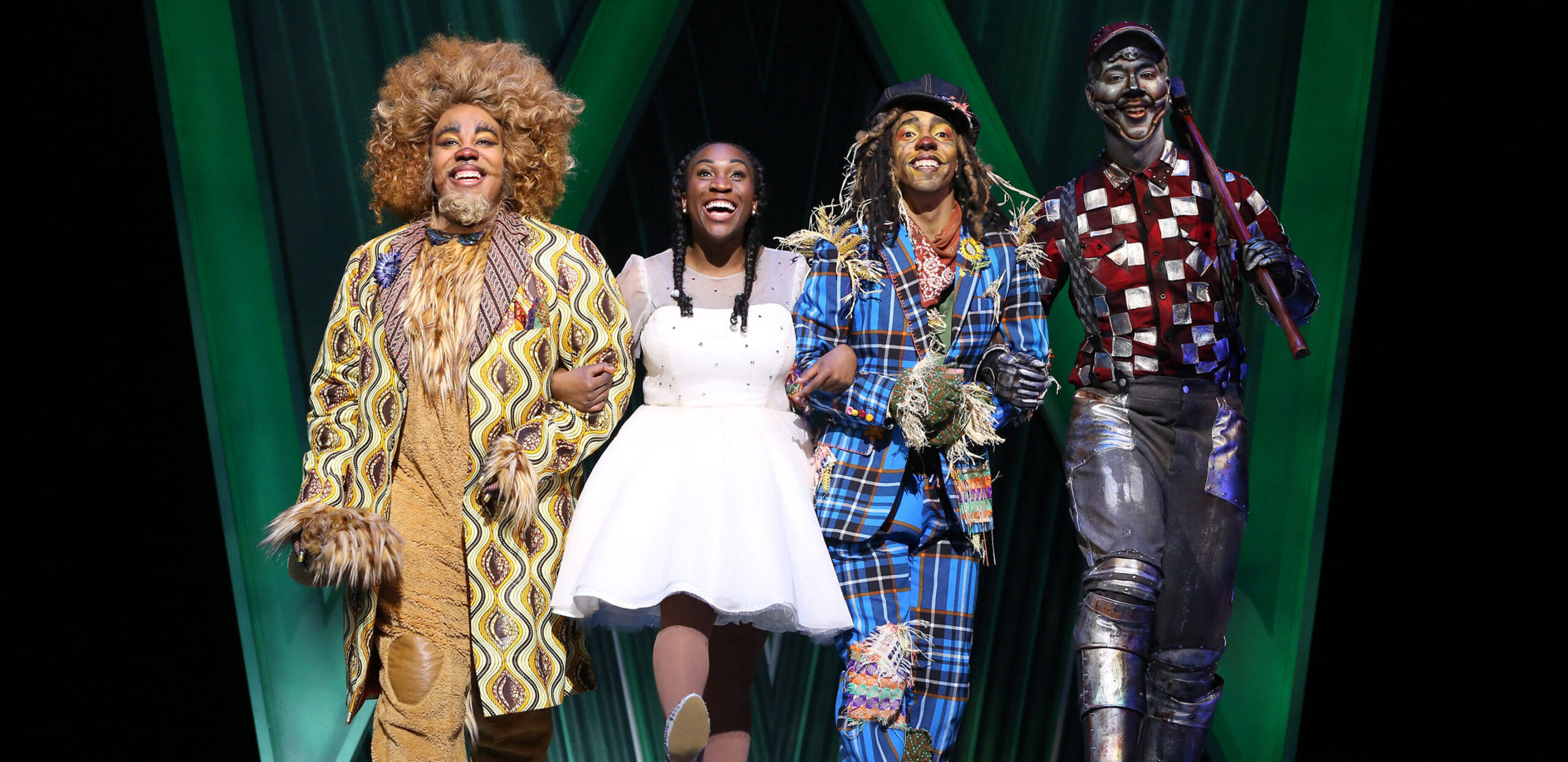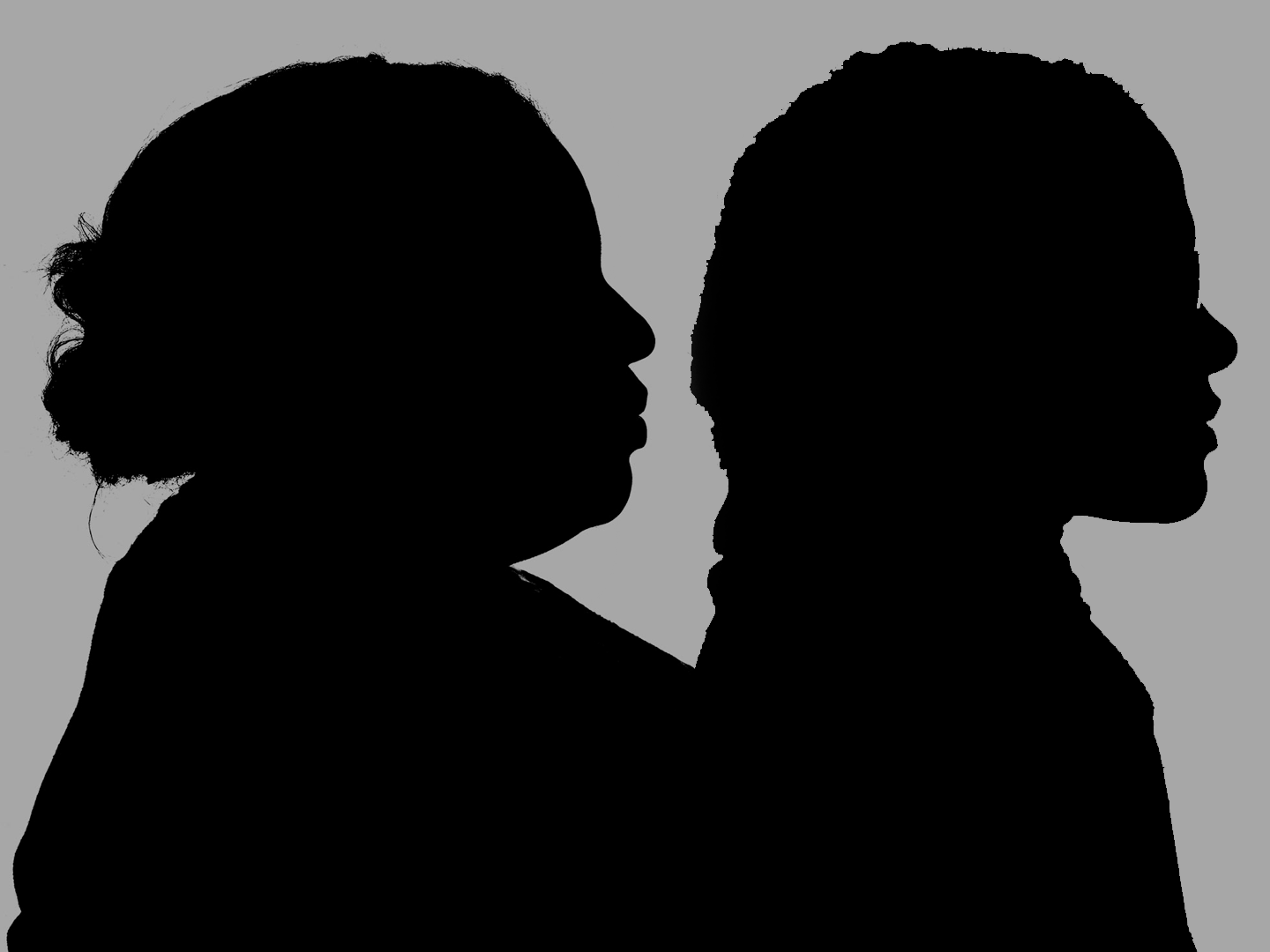
Five Black History Connections I Discovered at Ford’s Theatre
As I celebrate my first Black History Month as a Director of Equity, Diversity and Inclusion at Ford’s Theatre Society, I am reflecting on the things I learned about Abraham Lincoln and Ford’s Theatre connections to Black history while onboarding. I would like to share with you a few of my favorite discoveries and resources to explore as we celebrate Black History Month in February.
Finding Black Witnesses to Lincoln’s Assassination:
This blog by Ford’s Theatre historian Dr. David McKenzie, offers insight into the organization’s process of collecting first-person accounts to Abraham Lincoln’s assassination, and the challenges, discoveries and benefits of integrating Black narratives into this infamous moment. Black employees of Ford’s Theatre, like stagehand Joe Simms and cleaner Mary Anderson, were among witnesses to the extraordinary event.

Black Americans’ Role in the Assassination Trial:
Abraham Lincoln’s assassination trial was one of the first times that Black Americans were allowed to testify against white Americans in open court. Their testimony was included throughout the trial. Of note, in this blog by former Ford’s Museum Coordinator Dr. Aysha Preston, a group of 10 formerly enslaved people testified against enslaver, plantation owner, doctor and John Wilkes Booth conspirator Samuel Mudd. You can read all the testimonies from the trial via the Library of Congress here. A quick search of the document for the term “colored” will give you a glimpse into the Black voices whose first-hand accounts help aid our knowledge of what we know about the assassination – some of whom like Mary Jane Anderson and Mary Ann Turner lived right behind Ford’s Theatre.
They Knew Lincoln:
This book by John E. Washington, originally published in 1942 and re-issued in 2018 by Ford’s Theatre Advisory Council Member Dr. Kate Masur, after decades out of print, is part memoir and part history. The book shares perspectives of post-Civil War African-American life in D.C., told in accounts from people who knew or encountered Abraham and Mary Lincoln. This resource was especially interesting to me because of the way it pictures Black creativity and society in Washington, D.C.
Basil Lockwood:
The Ford’s Theatre building was used as offices for the Record and Pension Division of the Surgeon General’s office in the 1890s until shoddy interior construction led to a tragic June 9, 1893, collapse. A Black man in his early twenties named Basil Lockwood climbed a telegraph pole behind the theatre, attached a ladder and rescued between 15 and 20 people. The grateful survivors petitioned the Secretary of War to give Lockwood a job in the federal government. You can read more about the heroic feat, as well as his later connections to 10th Street, in this blog post by Associate Director of Museum Education Jake Flack.

Black Theatre Premieres at Ford’s:
Ford’s Theatre has a rich history of producing theatre that highlights and uplifts Black stories. In the 1970s, Ford’s produced the world premieres of Broadway-bound Don’t Bother Me, I Can’t Cope and Your Arms Too Short to Box with God, helmed and conceived by Vinnette Carroll, the first African-American woman to direct on Broadway. In the last 15 years, works written and directed by some of my personal heroes in Black American theatre such as Ricardo Khan, Jennifer Nelson, August Wilson and more have appeared on stage. We’re also into our first year of an initiative with playwrights Pearl Cleage, Rickerby Hinds, Nambi E. Kelley, Dominic Taylor and Charlayne Woodard, to develop new work to grace our stage in the future. Check out more about these Ford’s Theatre Legacy Commissions here.
Speaking of Grace, I hope to see you at the theatre for this exciting world-premiere musical from Nolan Williams, Jr., with a book by Williams and Nikkole Salter and featuring a story about African-American traditions, family, food and culture. Hope to meet you soon at the theatre!

